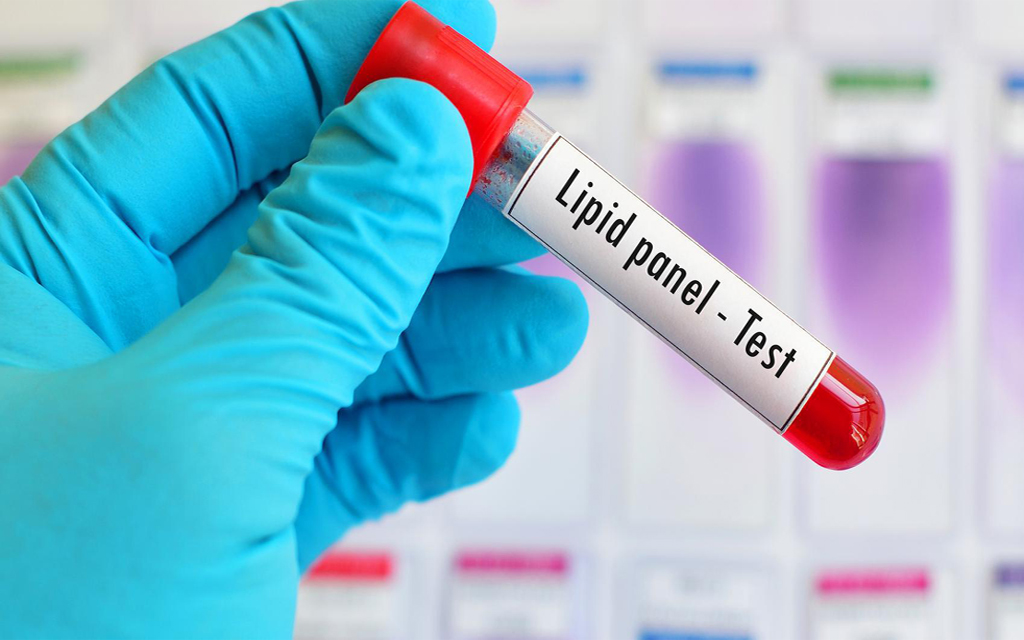
A lipid panel is a blood test that analyses the amount of certain fat molecules called lipids in your blood. In some cases, the panel includes four different cholesterol measurements and triglycerides too. Having too many lipids (cholesterol and triglycerides) in your blood can lead to buildup in your blood vessels and arteries, which can cause damage and increase your risk of cardiovascular problems. Because of this, healthcare providers use the lipid panels for both children and adults to evaluate the risk of cardiovascular diseases like heart disease, heart attack (myocardial infarction) and stroke.
The Lipid profile tests include:
A lipid panel analyses five different types of lipids from a blood sample, including: